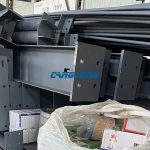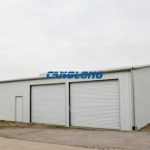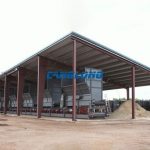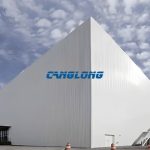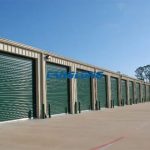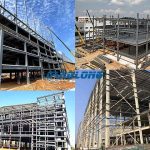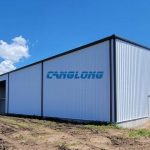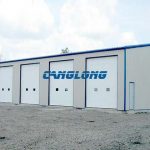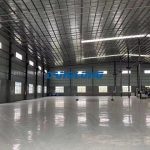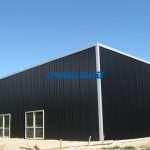How to design durable and long-lasting metal workshop building kits?
In the industrial and commercial fields, metal workshop building kits have become the preferred solution for modern architecture due to their high efficiency, flexibility, and cost-effectiveness. However, how can we ensure that such buildings maintain structural stability and functional integrity in long-term use? This article will deeply analyze the core strategies for improving the durability of metal workshop building kits from material selection, structural design to maintenance.
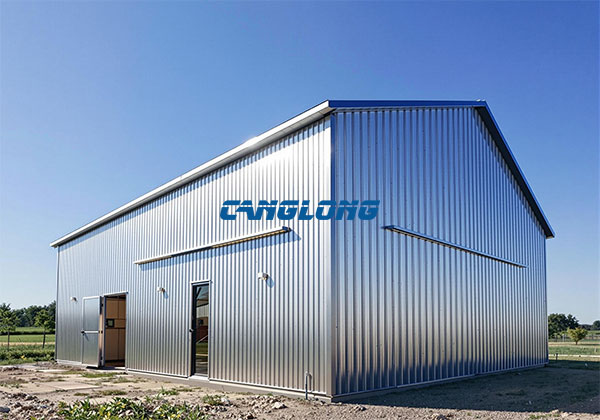
Material selection lays the foundation for durability
1. Application of high-strength steel
The core material of the metal workshop building kit is steel. Choose high-strength steel (such as Q345B or Q235B) that meets ASTM (American Society for Testing and Materials) standards, whose yield strength and tensile strength can effectively withstand extreme weather and long-term loads. For example, the zinc layer formed on the surface of galvanized steel can resist corrosion and extend its service life to over 20 years.
2. Galvanization and coating process
- Hot dip galvanizing: A dense zinc layer is formed on the surface of steel through high-temperature galvanizing process, providing electrochemical protection and preventing oxidation and corrosion.
- Polyester coating: enhances UV resistance and weather resistance, reduces the risk of fading and cracking.
- Fluorocarbon coating (PVDF): suitable for highly corrosive environments (such as coastal areas), with excellent chemical stability.

Structural design, optimizing mechanical performance
1. Modular framework system
Adopting a modular design with bolted connections to avoid welding stress concentration and improve seismic performance. For example, the portal steel frame structure can adapt to different workshop needs by adjusting the span and height, while dispersing horizontal and vertical loads.
2. Wind and earthquake resistance strengthening
- Wind support system: Install cross supports around the perimeter of the building to resist strong wind suction.
- Seismic resistant nodes: Use flexible connection nodes to absorb seismic energy and reduce structural damage.
- Foundation design: Choose independent foundation or raft foundation based on geological conditions to ensure the overall stability of the building.
3. Drainage and ventilation system
- Double slope roof design: accelerates rainwater drainage and reduces potential water accumulation hazards.
- Cornice drainage ditch: Cooperate with downspouts to guide rainwater and avoid wall erosion.
- Roof ventilator: Natural convection reduces indoor temperature and minimizes condensation issues.
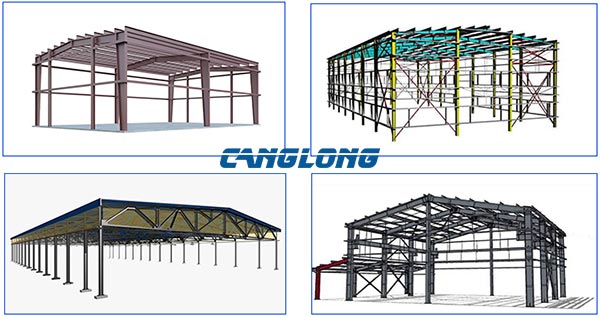
How to extend the service life of metal workshop buildings?
1. Sealing and waterproof treatment
- EPDM sealing strip: used at the joint between wall panels and roofs to prevent rainwater infiltration.
- Roof ridge cover: Covering the joints of the roof ridge to enhance waterproof performance.
- Flashing board: Use metal flashing at the penetration of doors, windows, and pipes to avoid local leakage.
2. Optimization of anti-corrosion details
- Cutting edge treatment: secondary galvanizing or coating with anti rust paint on the steel cutting surface.
- Anchor bolt protection: Use concrete wrapping or coated with epoxy resin to prevent underground moisture erosion.
- Reserved maintenance channel: for regular inspection of corrosion in concealed areas.

Maintenance suggestions for metal workshop buildings
1. Regular cleaning and inspection
Clean up fallen leaves and debris on the roof every quarter to avoid blockage of drainage outlets.
Inspect coating damage, bolt looseness, and weld corrosion annually.
Test the drainage system before the rainy season to ensure unobstructed flow.
2. Environmental adaptability adjustment
Coastal areas: Re apply anti-corrosion coating every 3 years.
Cold regions: Check the ice hanging on the eaves before winter to prevent excessive structural loads.
High humidity environment: Install dehumidification equipment to reduce metal corrosion caused by condensation.
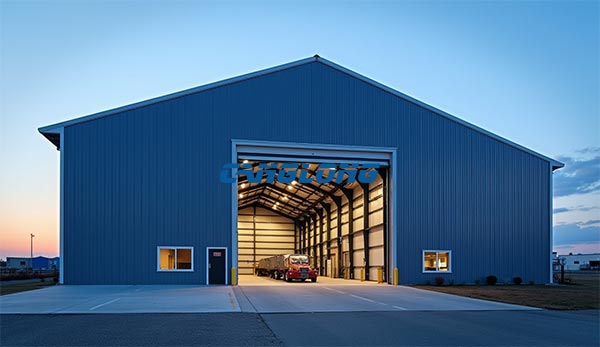
How to choose high-quality metal workshop building kits?
1. Certification and Standards: Choose products certified by ISO 9001, CE, or AS/NZS 4600.
2. Supplier experience: Manufacturers with over 10 years of industry experience are given priority consideration.
3. Customized service: Ensure that the kit can be adjusted in size, configuration, and material grade according to requirements.
4. Warranty terms: Confirm that the steel main structure provides at least 10 years of warranty.
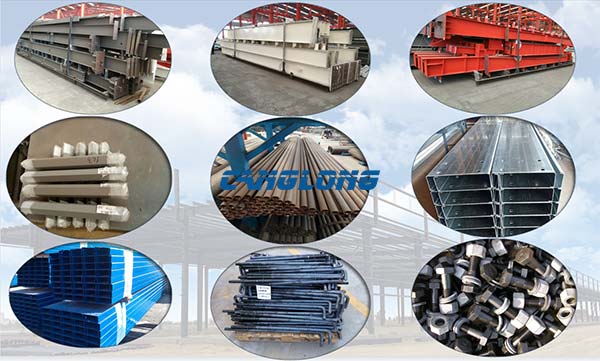
Conclusion
The durability of metal workshop building kits depends not only on the initial design, but also on the comprehensive effects of materials, processes, and maintenance. By selecting high-quality steel, optimizing structural design, paying attention to detail processing, and cooperating with scientific maintenance plans, your metal workshop building will become an asset that can be sustainably used for decades. Contact professional suppliers immediately to obtain customized solutions and create a stable and reliable space for your business!
